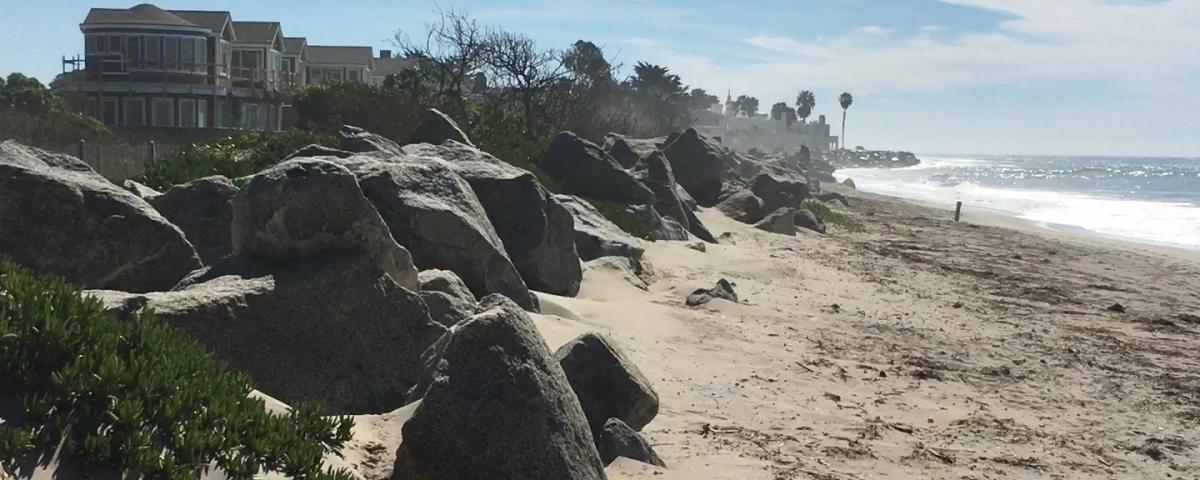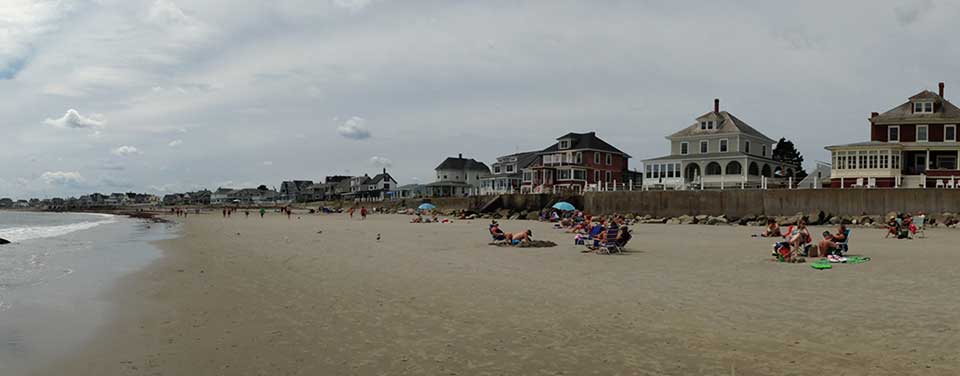The Ultimate Guide To Shore Protect Team
Table of ContentsGetting My Shore Protect Team To WorkShore Protect Team - TruthsThe Best Strategy To Use For Shore Protect TeamThe Definitive Guide to Shore Protect TeamThe Only Guide for Shore Protect TeamAn Unbiased View of Shore Protect TeamShore Protect Team - Truths
Reduction in property value: As the location tourist is influenced by erosion, so then is the economic climate. Customers are less likely to look for a coastline residence that might be destroyed anytime by the approaching flooding and disintegration emergency situation. Subsequently, residential property value can go down profoundly and influence the whole area.Whether a beach is just small and congested or has to close completely for the safety of the ecological community and close-by residential or commercial properties, this considerably impacts tourist. Subsequently, local economies are influenced (https://www.kickstarter.com/profile/shrprtcttm/about). Risk of injury: The increased risk of flooding and structural failings triggers an enhanced threat of injury to close-by vacationers and neighborhood participants

Coastline stablizing is straight relevant to their task. Beachfront hotels: Since shoreline erosion impacts tourist, it impacts the success of waterfront hotels.
Not known Details About Shore Protect Team
Coastal industrial companies: No tourists indicates no business. Coastal state parks: State parks that exist along shorelines are at risk of damage.
Tough stabilization utilizes manufactured structures as security to regulate disintegration. Most kinds of tough stabilization like seawalls and sheet metal are not excellent for coastline stablizing.
The Ultimate Guide To Shore Protect Team
There's likewise insufficient evidence of their effectiveness depending on the kind of coastline and local problems. Hard stabilization techniques tend to be harder to mount and don't match the natural visual, sticking out like an aching thumb and hurting neighborhood ecological communities in several circumstances. Beach nutrition is the process of including lost sand and sediment back to coastlines after erosion has occurred.
TrapBags aid in the procedure of beach nutrition by shielding all-natural environments and permitting plants to grow. While this procedure can be expensive and is not permanent, the pros tend to exceed the disadvantages. TrapBag barriers offer lots of homes that make them optimal for seaside and riverbank disintegration protection. They're: Ecologically pleasant: You can use indigenous dirt both to surround and to fill the TrapBags.

The Shore Protect Team PDFs
Easy to set up: Relieve of setup means TrapBags can be deployed quickly in the occasion of an emergency. They can likewise be set up with no heavy equipment. Economical: TrapBags are optimal for both tiny and big locations of shoreline. They give an economical remedy to cover jobs of any type of dimension.
The suitable seawall layout counts on location-specific facets, including surrounding disintegration processes. There are 3 main kinds of seawalls: upright, curved, stepped, and piles (see table listed below). A record published by the United Nations Environment Program (UNEP) suggests that the tsunami of 26 December 2004 triggered much less damages in the locations where natural barriers existed, such as mangroves, coral reefs or coastal vegetation.
All-natural obstacles, such as reef and mangrove woodlands, protect against the spread of tidal waves and the circulation of seaside waters and reduced the flood and rise of water. A cost-benefit approach is an effective method to establish whether a seawall is proper and whether the advantages deserve the expense.
Some Known Details About Shore Protect Team
A seawall is a static feature which can contrast with the vibrant nature of the coastline and impede the exchange of sediment in between land and sea. The table below sums up some positive and unfavorable effects of seawalls which can be used when contrasting their efficiency with other seaside administration options, such as coastline sustenance. [] Benefits and disadvantages of seawalls according to Short (1999) Benefits Disadvantages Lengthy term option in contrast to soft beach nutrition.

This can cause coastlines to dissipate, making them useless for beach goers. Typically, seawalls can be a successful method to manage seaside disintegration, yet just if they are created well and out of products that can withstand the force of ongoing wave power.
Shore Protect Team - Questions
Incorporated with a high building and construction cost, this has actually caused increasing use various other soft design coastal management choices such as beach replenishment. Seawalls are created from various products, many commonly enhanced concrete, rocks, steel, or gabions. Other feasible building and construction materials include plastic, timber, aluminum, fiberglass composite, and eco-friendly sandbags constructed from hemp and coir. The appropriate seawall layout depends on location-specific aspects, including surrounding disintegration procedures. There are three main kinds of seawalls: upright, bent, stepped, and piles (see table below).
Natural barriers, such as reef and mangrove woodlands, avoid the spread of tidal waves and the circulation of coastal waters and minimized the flooding and rise of water. A cost-benefit method is a reliable way to establish whether a seawall is appropriate and whether the benefits deserve the expenditure.
The Greatest Guide To Shore Protect Team
A seawall is a static feature which can contravene the dynamic nature of the shore and impede the exchange of debris between land and sea. The table below summarizes some positive and adverse results of seawalls which can be used when comparing their performance with various other seaside management alternatives, such as beach nourishment. [] Advantages and drawbacks of seawalls according to Short (1999) Advantages Negative aspects Long-term service in contrast to soft beach nutrients. lakefront stabilization.

This can trigger coastlines to dissipate, rendering them pointless for coastline goers. Typically, seawalls can be an effective way to regulate coastal erosion, yet just if they are created well and out of products that can endure the force of continuous wave energy. Some understanding is needed of the coastal procedures and morphodynamics certain to the seawall place.